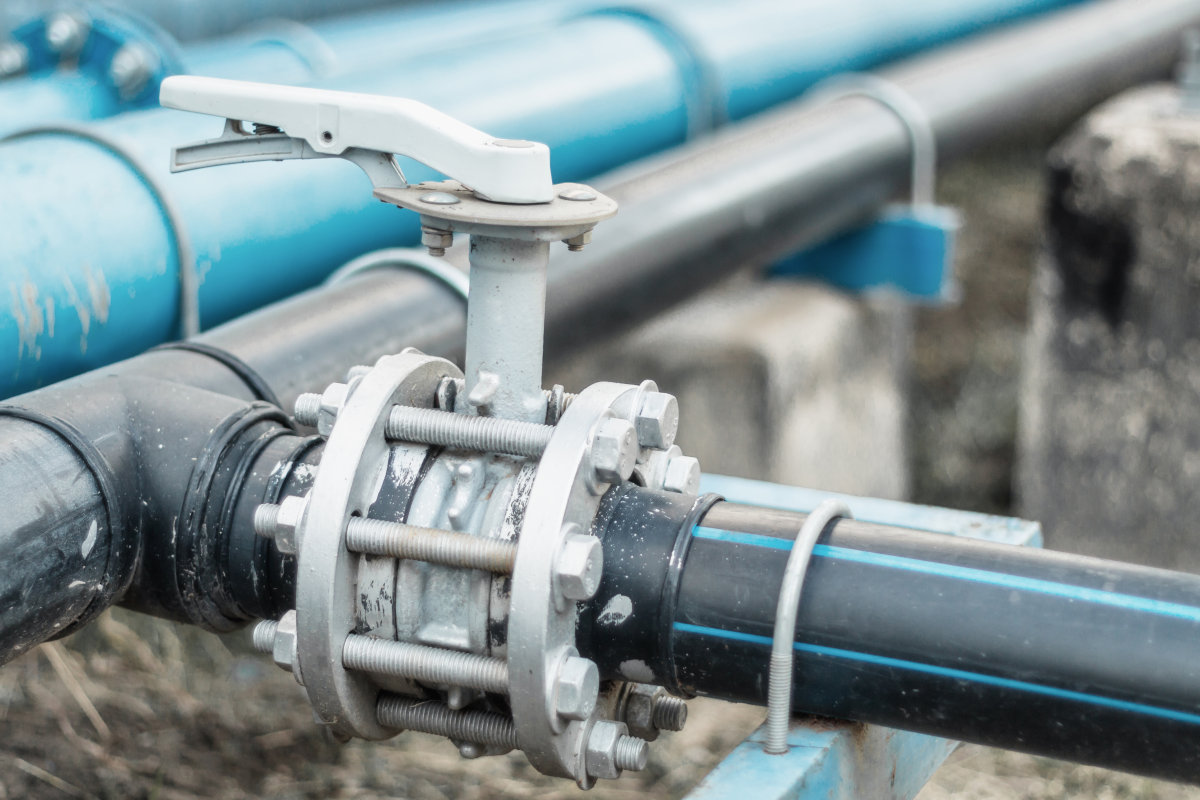[General description] Polyethylene is a plastic, known for its high density ratio, flexibility and chemical stability. It is ideal for pressure and non-pressure piping applications. HDPE pipes are usually made of polyethylene 100 resin, with a density of 930-970 kg/m3, which is about 7 times that of steel.

Polyethylene is a plastic, known for its high density ratio, flexibility and chemical stability. It is ideal for pressure and non-pressure piping applications. HDPE pipes are usually made of polyethylene 100 resin, with a density of 930-970 kg/m3, which is about 7 times that of steel. Lighter pipes are easier to transport and install. Polyethylene is not affected by the electrochemical corrosion process, and it is common for pipes to be exposed to salt, acid and alkali. The smooth surface of the polyethylene tube will not be corroded, and the friction is low, so the plastic tube is not easily affected by the growth of microorganisms. The ability to resist corrosion damage and constant flow makes the maintenance requirements of HDPe pipes very low. Polyethylene pipe can be made of reinforced resin, classified as PE100-RC, and added to slow down crack growth. The pipes produced can have a long service life, and polyethylene has an economic advantage in the life cycle of the project.
Now that the durability of HDPe pipes has been determined, economy is very important when polyethylene pipes are used in water conservancy infrastructure applications. Compared with ductile iron pipes, the most obvious advantage of polyethylene pipes is that they can prevent leakage. There are two types of pipeline leakage: joint leakage, burst leakage and perforation leakage, which are easy to handle.
The size of HDPE pipe is between 1600 mm and 3260 mm, and the large pipes currently on the market can be used. In addition to municipal water supply systems, large-diameter plastic pipes made of polyethylene can also be used in seawater desalination and wastewater treatment facilities. Large diameter pipes can be from 315 cm to 1200 cm. The large diameter HDPe pipe is very durable and reliable. After being buried in the ground, it can run for decades and requires little maintenance, so it is very suitable for wastewater treatment applications. The durability of the polyethylene pipe increases as its size increases, showing incredible anti-vibration performance. Take the 1995 Kobe earthquake in Japan as an example, the urban infrastructure; all other pipelines fail at least once every 3 km, and the entire HDPE pipeline system has zero failures.
The advantages of HDPE pipe: 1. Good chemical stability: HDPE has no polarity, good chemical stability, does not breed algae and bacteria, does not scale, and is an environmentally friendly product. 2. Good connection strength: use socket electric fusion or butt joint thermal fusion, with few joints and no leakage. 3. Low water flow resistance: The inner surface of HDPe pipe is smooth, with low wear resistance coefficient and large flow. 4. Good resistance to low temperature and brittleness: the brittleness temperature is (-40), and special protective measures are not required for low temperature construction. 5. Good abrasion resistance: The comparison test of the abrasion resistance of polyethylene pipes and steel pipes shows that the abrasion resistance of polyethylene pipes is 4 times that of steel pipes. 6. Anti-aging and long service life: HDPE pipe can be stored or used outdoors for 50 years without being damaged by ultraviolet radiation.
Post time: Mar-26-2021




